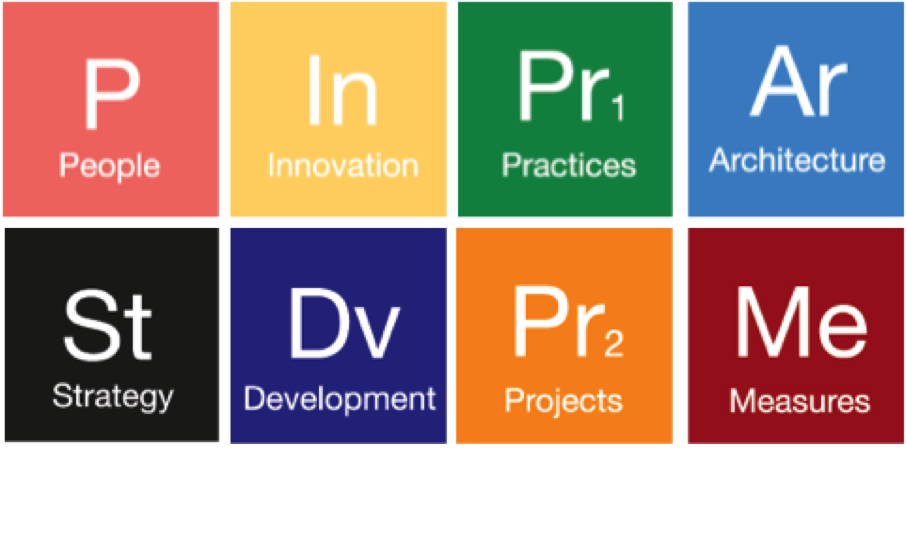Elemental Methods and the University of Mississippi Introduce App to Document Gulf Recovery
In the aftermath of the Deepwater Horizon oil spill, the University of Mississippi was tasked with developing a system empowering “citizen scientists” to conduct marine assessments on the north central coast of the Gulf of Mexico. The GulfSeeLife web portal and mobile application were developed to allow Gulf Coast residents and visitors to upload photos, measurements, GPS location and other data regarding specimens they have captured, observed, and identified. Users are also able to submit photos of endangered or unusual specimens of fish, marine mammals, birds, invertebrates, plants, and other species for identification, track the abundance and health of those species seasonally and regionally, document invasive species in Gulf waters, and monitor changes in the health of coastal ecosystems and shoreline erosional changes.
GulfSeeLife provides instant access to natural history information for the most common plant and animal species found on the northern coast of the Gulf of Mexico, including dune plants and seaweeds, fishes, birds, marine and land mammals, and invertebrates such as jellyfish, crabs, shells, and insects. Users can share their observations of wild species with the GulfSeeLife community by uploading photos and videos. The ID Wizard feature helps users to identify which species they have observed, and then other users weigh-in on species identification by voting. Users can use filtering and mapping to track where and when their favorite wildlife have been observed by the community. GulfSeeLife creates a community around our shared appreciation for the Gulf's natural resources. Educators can build lesson plans around GulfSeeLife content and learners of all ages can contribute to the species observations data base. Scientists and community members can also set up citizen science projects to crowd-source data collection to improve our understanding and management of the Gulf.
Implementation of the GulfSeeLife platform (web portal and mobile application) required the development of a complex Content Management System for the administration and curation of observations submitted by the citizen scientists.



